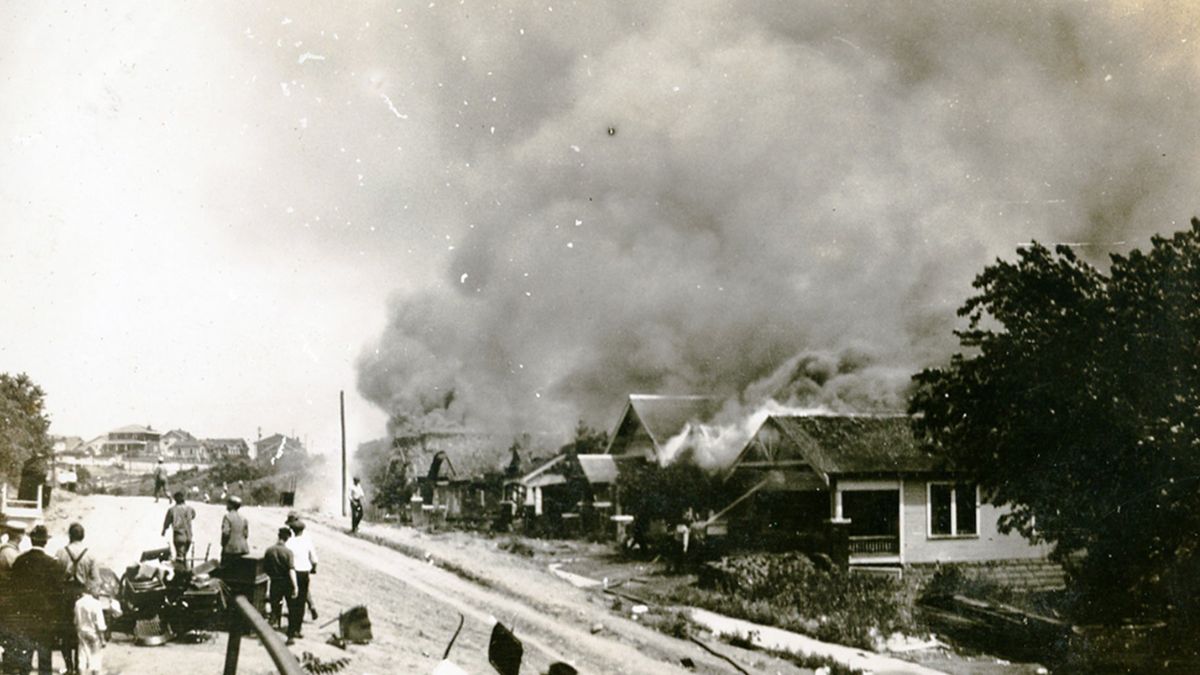 image credits- history.com
image credits- history.com
Advertisement
Racial violence in the United States has a long and painful history, with the Tulsa Race Massacre of 1921 serving as a stark example of this brutal legacy. This event, where white mobs attacked the prosperous Black community of Greenwood, killing hundreds and destroying countless homes and businesses, is emblematic of broader systemic racism and violence that has persisted across the nation.
Historical Context of Racial Violence
From slavery through the Jim Crow era, racial violence has often been met with indifference or complicity from federal authorities. The Tulsa Massacre was not an isolated incident; it was part of a broader pattern of violence against Black communities, particularly during the early 20th century. Events such as the Red Summer of 1919, where race riots erupted in several cities, and the lynching epidemic that claimed thousands of Black lives illustrate the deep-seated racial tensions in American society.
Federal Response and Accountability
Historically, the federal response to racial violence has been inadequate. During the Tulsa Massacre, local law enforcement not only failed to protect the Black community but, in some cases, actively participated in the violence. Investigations into the massacre were limited and often led to no significant legal consequences for the perpetrators.
In recent years, however, there has been a renewed effort to address these historical injustices. The Department of Justice (DOJ) has initiated investigations into past racial violence, including the current review of the Tulsa Massacre, which aims to provide a comprehensive understanding of the events and their implications. This marks a potential shift toward acknowledging and addressing the systemic issues that have perpetuated racial violence.
Current Challenges and Reforms
Despite these efforts, the path toward justice remains fraught with challenges. Survivors and descendants of the Tulsa Massacre have long sought reparations and recognition, but progress has been slow. The 2001 Oklahoma State Commission report acknowledged the need for reparations, yet little has been done at the federal level to implement these recommendations.
Moreover, racial violence continues to manifest in various forms today, with incidents of police brutality and hate crimes reminding us of the ongoing struggle for racial equality. The federal government has enacted some measures to address these issues, including community policing initiatives and civil rights investigations. However, these actions often fall short of the comprehensive reforms needed to dismantle systemic racism.
The Tulsa Race Massacre stands as a tragic reminder of America’s struggle with racial violence. While the federal system has begun to confront this history, substantial work remains to ensure accountability, justice, and healing for affected communities.
